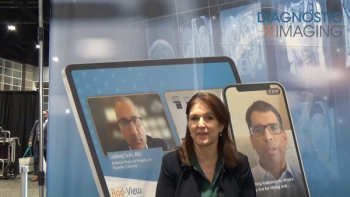
GE workers strike in protest over reduced health benefits
Medical systems division stays out of conflictWorkers began a two-day strike Jan. 14 at GE facilities in the U.S. Some 17,500 workers walked out of 48 plants in 23 states, according to wire services. The strike was called by the
Medical systems division stays out of conflict
Workers began a two-day strike Jan. 14 at GE facilities in the U.S. Some 17,500 workers walked out of 48 plants in 23 states, according to wire services. The strike was called by the International Union of Electronic Workers-Communications Workers of America (IUE-CWA) and the United Electrical Radio and Machine Workers of America in response to a cut in health benefits, which took effect Jan. 1.
Production at GE Medical Systems was not affected, a source in Wauwatosa, WI, told DI SCAN. The GE workers involved in the strike represent only about 5% of the company's worldwide employees, according to the company.
The strike was the first against GE in more than 30 years. The death of a picketing woman, who was run over by an unmarked police car, occurred before daybreak on the first day. She was an eight-year employee.
A key issue is the increase of about $200 in annual costs that workers must pay for prescription drugs and hospital visits. A prepared statement by GE's senior vice president for human resources Bill Conaty described the workers' new costs as moderate. They represent less than 10% of the increases experienced by the company for additional healthcare benefits, he said. A story in The Washington Post on Jan. 1 said that GE is increasing workers' copays by as much as 40%.
Newsletter
Stay at the forefront of radiology with the Diagnostic Imaging newsletter, delivering the latest news, clinical insights, and imaging advancements for today’s radiologists.




























